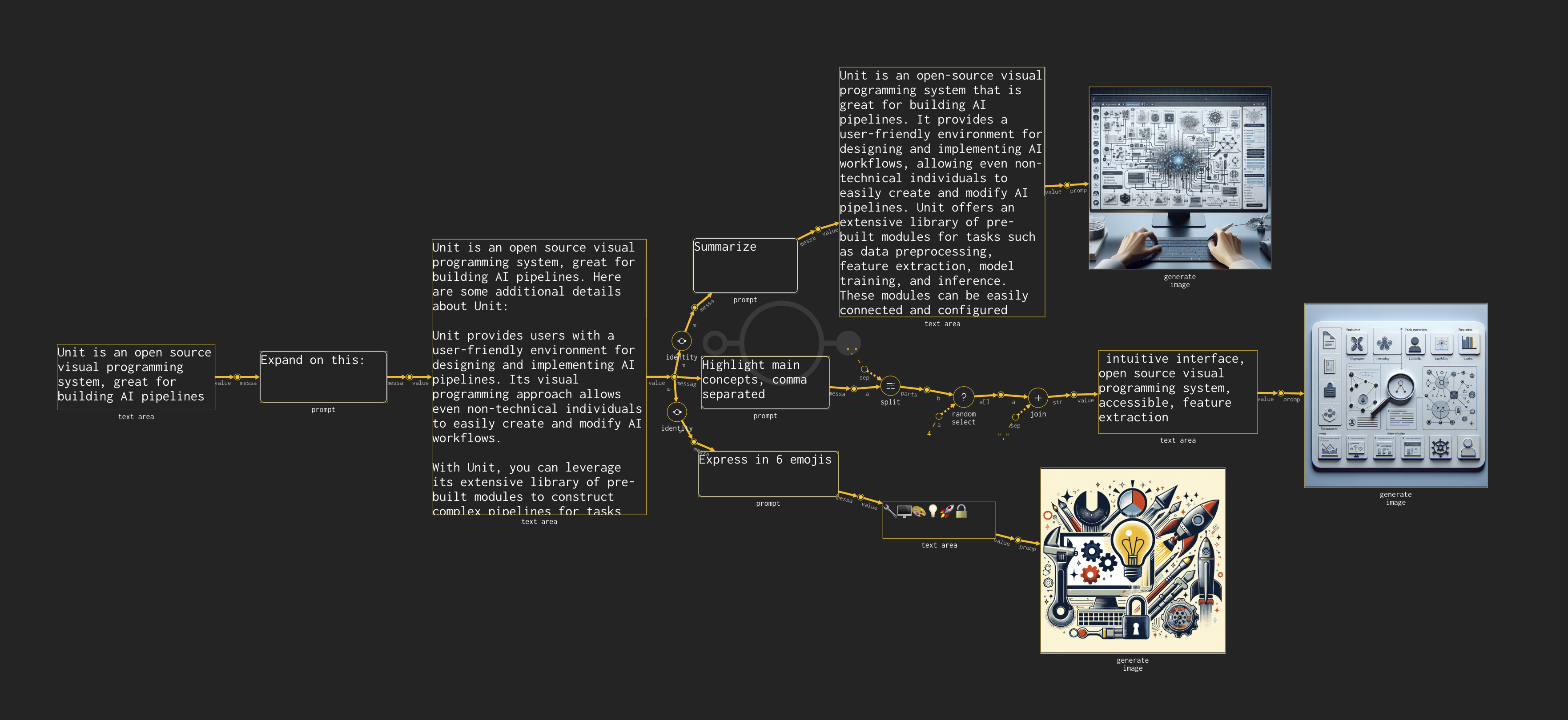🤖 Intersection of programming & AI ⌨️ Keys, Boxes & Arrows 📚 Probabilistic Models of Cognition
Our Work
🎼 Polygon via Clam R
Polygon: A spatial approach to sequencing musical rhythms
Inspired by Bret Victor's lectures and some of the cool stuff i've seen on here, I made a drum sequencer where the relative positions of nodes determines the spaces between notes in a pattern.
Generate drum patterns through spatial computing.



[ ] Change Month and Week Number
[ ] focWeekExport "2023-01-19" "2023-01-26"
[ ] Update Search Index
[ ] Download New Attachments
[ ] Update links
[ ] Check that comment links work (push weekly dump with channel summaries)
[ ] Check to mention right person for moved messages
[ ] Summary
[ ] Hashtags
[ ] Set title in newsletter
https://tinyletter.com/
https://tinyletter.com/marianoguerra/letters/
http://localhost:8000/history/
https://marianoguerra.github.io/future-of-coding-weekly/
https://stackedit.io/app#